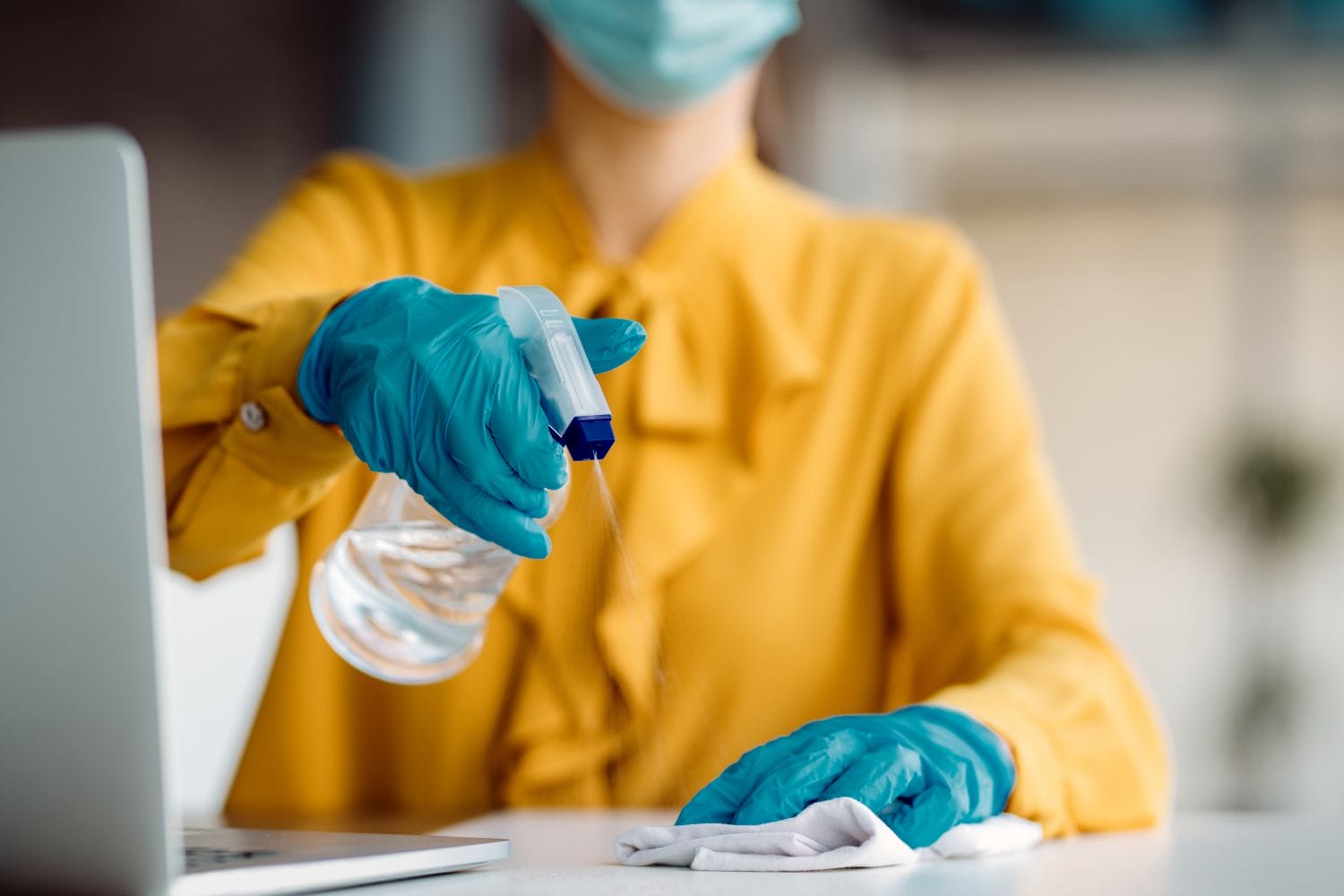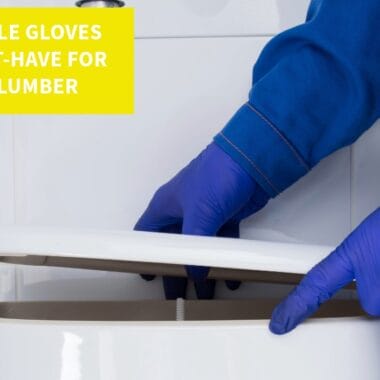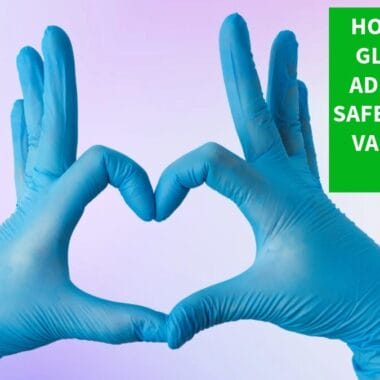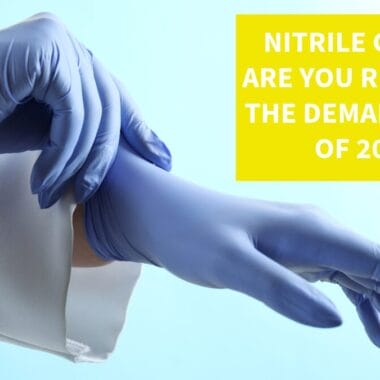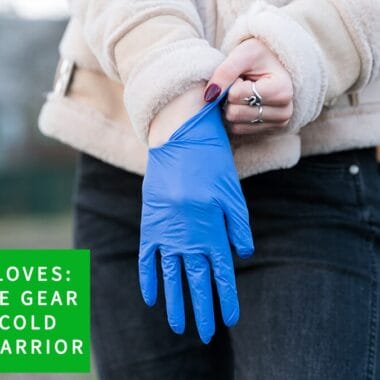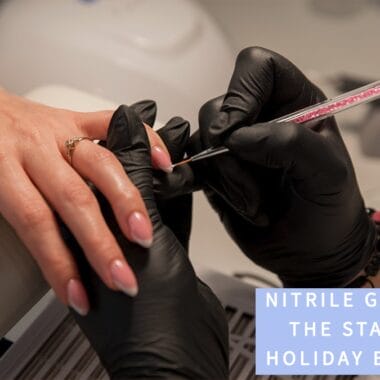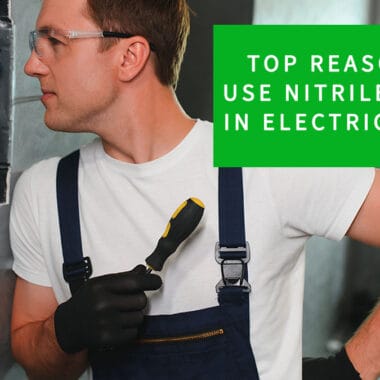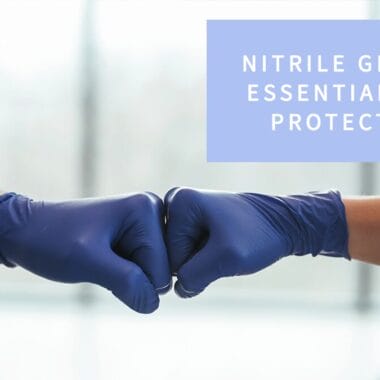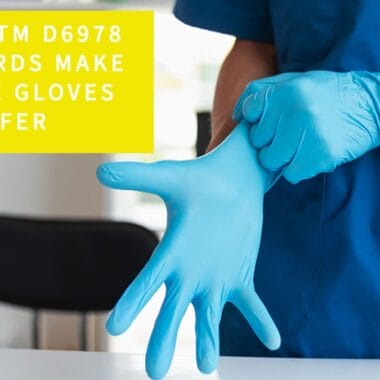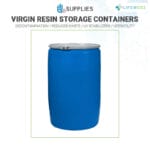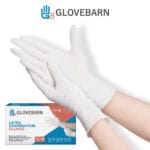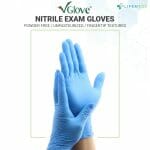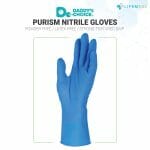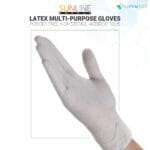What are Surface Disinfectants?
Surface disinfectants are chemical agents specifically formulated to eliminate or inactivate harmful microorganisms, such as bacteria, viruses, and fungi, on hard, non-porous surfaces. In the Personal Protective Equipment (PPE) industry, surface disinfectants play a critical role in maintaining hygiene and infection control in environments where the risk of contamination is high, such as healthcare facilities, laboratories, and industrial settings. These disinfectants are essential for reducing the spread of infectious agents on frequently touched surfaces like countertops, door handles, medical equipment, and workspaces.
How Do Surface Disinfectants Work?
Surface disinfectants work by destroying the cell walls of microorganisms or interfering with their metabolism, rendering them inactive or killing them outright. Depending on the type of disinfectant, the active ingredients may include alcohol, bleach (sodium hypochlorite), hydrogen peroxide, or quaternary ammonium compounds (quats). When applied to surfaces, these chemical agents must remain in contact for a specified period, known as “dwell time,” to effectively eliminate harmful pathogens. Surface disinfectants are categorized by their ability to kill specific types of microorganisms and are labeled as bactericidal, virucidal, fungicidal, or sporicidal.
Types of Surface Disinfectants
- Alcohol-Based Disinfectants: These disinfectants, containing ethanol or isopropyl alcohol, are widely used for their fast-acting, broad-spectrum germicidal properties. They are commonly used in healthcare and laboratory environments to disinfect surfaces like medical instruments, countertops, and handrails.
- Chlorine-Based Disinfectants: Chlorine-based products, such as bleach, are highly effective against a wide range of pathogens, including bacteria, viruses, and spores. They are often used in hospitals, industrial facilities, and public spaces for disinfecting surfaces prone to contamination.
- Hydrogen Peroxide Disinfectants: Hydrogen peroxide is an environmentally friendly disinfectant that works by releasing oxygen, which destroys the cell walls of microorganisms. These disinfectants are popular in healthcare settings for their efficacy against bacteria, viruses, and fungi.
- Quaternary Ammonium Compounds (Quats): Quats are widely used in commercial cleaning products and disinfectants because of their ability to kill bacteria, fungi, and viruses on a wide range of surfaces. They are often found in disinfecting sprays and wipes used in hospitals, schools, and food service environments.
Importance of Surface Disinfectants in the PPE Industry
In the PPE industry, surface disinfectants are essential for maintaining safe and sterile environments. Healthcare workers, for example, rely on surface disinfectants to clean high-touch areas, medical equipment, and workspaces to prevent the spread of infectious diseases. These disinfectants are also used to sanitize surfaces where personal protective equipment (PPE) is stored or handled, ensuring that gloves, masks, and other protective gear remain uncontaminated.
In industrial and public settings, surface disinfectants are critical for maintaining hygiene and safety standards, particularly in high-traffic areas where there is frequent contact with surfaces.
Conclusion
Surface disinfectants are a vital tool in infection control and hygiene maintenance across healthcare, industrial, and public environments. They eliminate harmful microorganisms on hard surfaces, reducing the risk of contamination and protecting both workers and the public from infectious agents. Proper use of surface disinfectants, combined with other PPE measures, ensures safer and more sanitary environments, supporting health and safety in various industries.
« Back to Glossary Index
